Media | Articles
Did Ford beat GM to touchscreen tech with the 1985 Continental Mark VII Comtech?
Most know the 1986 Buick Riviera as the first automobile to boast a touchscreen display, but vintage footage of an elusive, electronics-laden, 1985 Continental Mark VII may reveal the rightful heir to this title. Months before the Riviera could boast of its touch-activated display, Ford added a similar setup to its flagship coupe, gracing the console-mounted screen with a bizarre yet period-appropriate name: Comtech. While the tech-laden interior never reached mass production and is long since forgotten, the year 2021 could mark its rightful restoration to the automotive community’s awareness.
There’s a lot to unpack here. The Comtech is based on a 1985 Continental Mark VII LSC, a vehicle that, regardless of what 1986 Corvette historians and fans may suggest, already set a precedent by being the first vehicle with standard four channel anti-lock brakes. (The upgrade came as part of a mid-cycle update that even required a service manual addendum.) Though the Comtech project was ultimately and mysteriously axed, it went pretty far down the production pipeline; I first noticed it upon cracking open a 1985 Ford service manual back in 2001.
Hard to believe that was 20 years ago, but I saw this and exclaimed,”what on earth is a Comtech Mark VII?” Actually, I said something that wouldn’t pass muster on a family-oriented publication, but the fact remains that Ford made something I didn’t know about. So please, join me on my decades-long hunt for this elusive Fox Body Ford!
Years later, thanks to that all-new website called Google, I unearthed Comtech Systems, a company that “provides systems integration on large scale communications projects and is world renowned as designers of premier digital troposcatter systems.” It was founded in 1967, so odds are that this firm helped Ford with the military-grade navigation system used in the 1983 Continental Concept 100 before getting its name plastered on the production Continental Mark VII. Not to mention the Concept 100 even looks a lot like a Mark VII prototype—but with a very radical interior.
Before we get too radical, can we applaud a “Continental” concept car for having a button-tufted horn pad, complete with emblem from the tiller of a 1982 Continental?
Marketplace
Buy and sell classics with confidence
Classy vibe aside, behind the latest iteration of Ford’s corporate steering wheel (1984 Mustang owners, take note) lies a far less traditional, Aston Martin Lagonda-worthy set of buttons. Behind that sits a vacuum fluorescent speedometer—possibly borrowed from the 1980 Thunderbird—with radical ancillary gauges sporting a Zaxxon-like, 3D effect. A huge CRT touchscreen implements the long-forgotten NAVSAT system for navigation purposes. Below the screen lie computerized controls for the audio system and Ford’s seven-band graphic equalizer.

How does all this relate to the Comtech, you ask? Two years after the Concept 100’s unveiling, the 1985 Continental Mark VII Comtech was watered down significantly. Ford removed the navigation system and implemented a smaller CRT touchscreen, which controlled the HVAC system, accessed Lincoln’s ubiquitous “Tripminder” trip computer, provided diagnosis of certain computerized functions, and offered vehicle service reminders.
The 3-D-effect gauges reverted to a 2-D version and presented more than double the information available to regular Mark VII owners. The Concept 100’s buttons behind the steering wheel were fashioned into the Comtech’s ergonomic “yoke” mounted on the steering column. The buttons on the left replaced the Mark VII’s traditional controls for parking lamps, headlamps, windshield wipers, and windshield washers. The right hand switches allowed the driver to remotely actuate the radio (volume, seek, four-station memory), the front windscreen defroster, and a modest scan of all displays on the CRT screen. Rounding out the Comtech’s interior was Ford’s premium sound cassette deck with a seven-band graphic equalizer.
The Comtech’s intended mission was likely threefold: To keep the driver’s hand near the steering wheel for basic functions (like radio adjustments), to add a dash of unnecessary flash (eliminate turn signal, wiper stalk and headlight switch), and to trickle this technology down to non-flagship vehicles. Eventually.
More information has surfaced in the last few years, as Ford made a unique owner’s manual (red) and quarter windows bearing the Comtech brand. The latter theoretically gave it the same gravitas as a Bill Blass or Gianni Versace designer edition, provided onlookers knew anything about big tech firms back in the mid-’80s. While this is pure speculation on my part, Ford would have been foolish not to equip all Comtechs with its new-for-’85, integrated cellular phone for the princely sum of $3000. I mean, who wouldn’t want “more features than most home or office telephones” to go with their touchscreen Continental?
Queued up and ready to go, Ford made approximately 50 examples of the Mark VII Comtech for evaluation purposes. If the YouTube video is any indiction, they were later builds with the LSC’s new, ridiculously supportive sport bucket seats. (By the same token, Comtechs likely had the Corvette-snubbing ABS brakes.) All indications suggest that the Comtechs were used as test mules or marketing stunts. As Nick Zeniuk, manager of Ford’s luxury car product development and all-around smart guy, puts it:
“We’d like to evaluate the system for a period under actual driving conditions in the hands of both company and non-company drivers, so we plan to place about fifty cars into a test program with certain company components and some of our biggest fleets.”
Sadly, that’s where the story ends. Ford clearly spent a large chunk of change making the Mark VII Comtech ready for primetime (How much do writers get paid for owner’s manual supplements? Asking for a friend.), but they evidently learned something from those 50 examples that effectively killed the program.
Perhaps the technology was buggy, or customers hated it, or Ford was feeling risk-averse because of its gamble on the upcoming Taurus (1986). The last idea has some validity: Ford was betting the farm on the sedan’s clean-sheet redesign, and GM didn’t attempt to revolutionize the ubiquitous family car until four years later, when the Taurus had proved a smash hit. More to the point, GM had plenty of money for a gee-whiz dashboard in a Buick. In an ironic twist of fate, the technology once slated for production in a Continental Mark VII went back into the concept car realm.
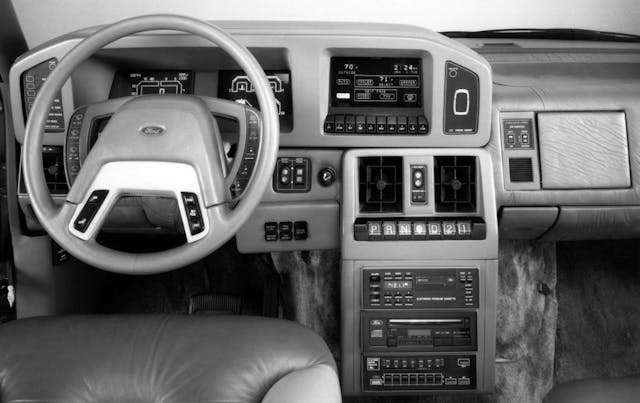
This is the interior of the 1987 Ford HFX Aerostar. Minivans were all the rage at this point, so adding the Comtech’s yoke steering wheel and touchscreen display to a next-generation Aerostar with the latest toys (cough, in-dash CD player) was both logical and brilliant. It remained a flight of fancy, though, and subsequent Aerostars never got an interior this tech-intensive. If only we knew why the Comtech’s technology was never good enough for mass consumption!
There must be a reason why Ford let GM win this race. Mr. Nick Zeniuk, if you’re out there, it’d be an honor to speak to you.
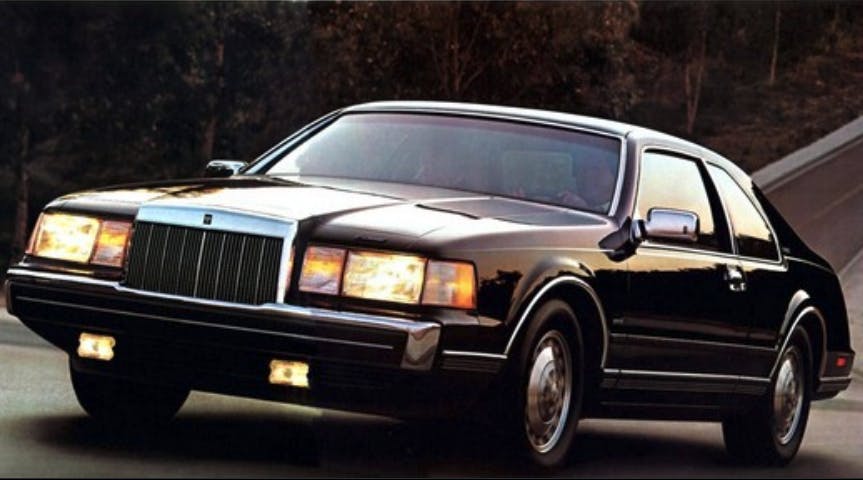
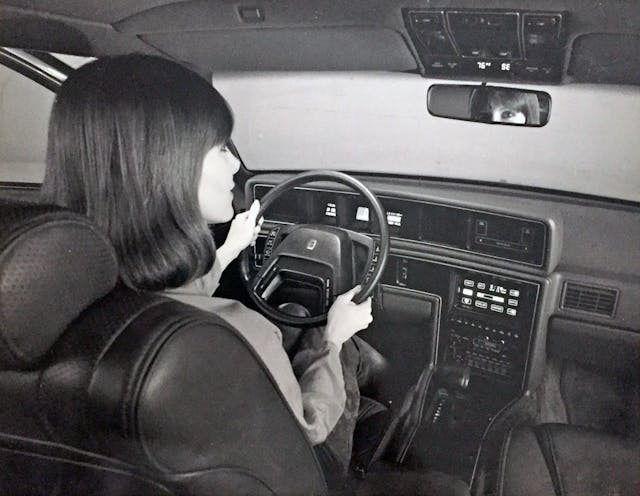

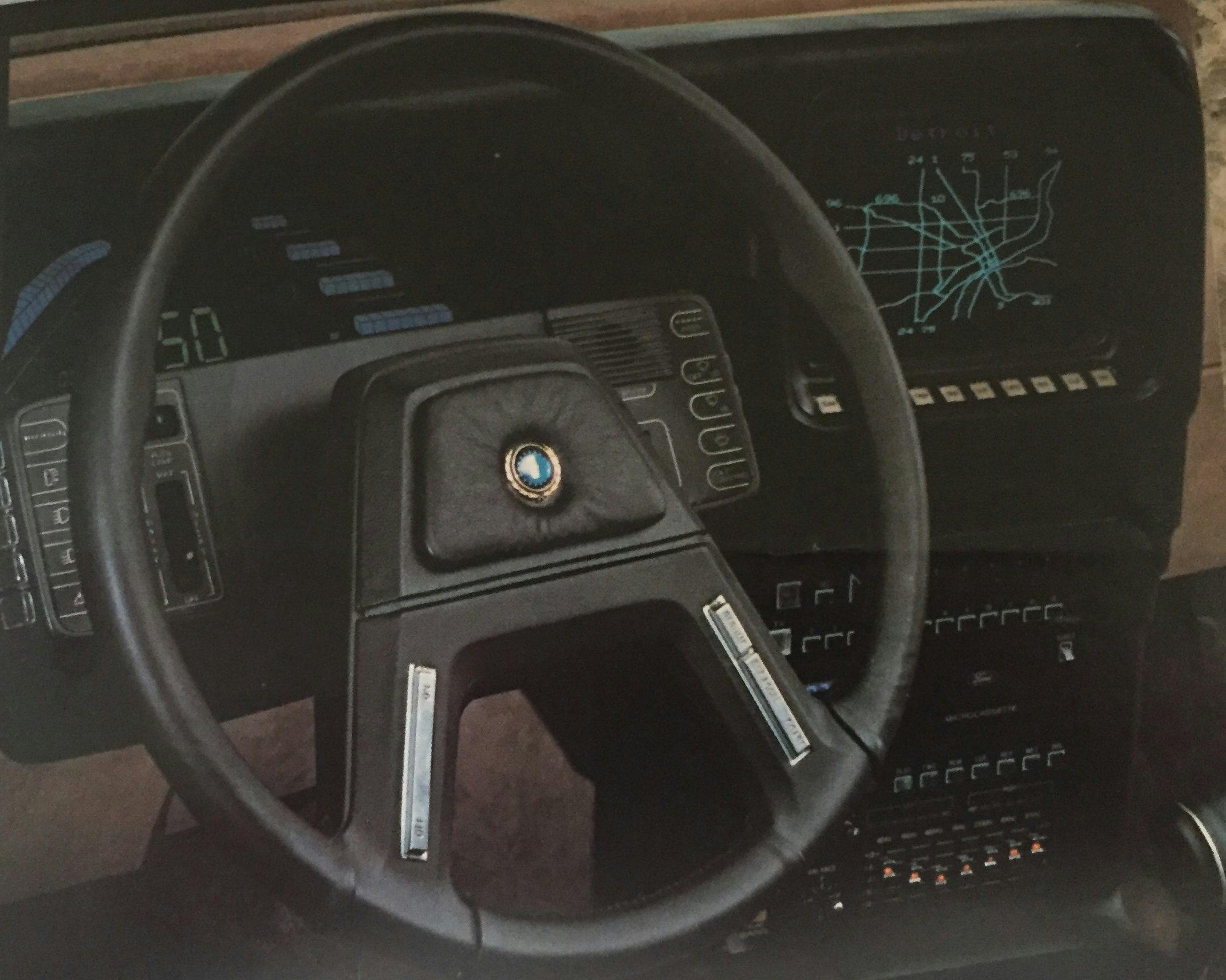
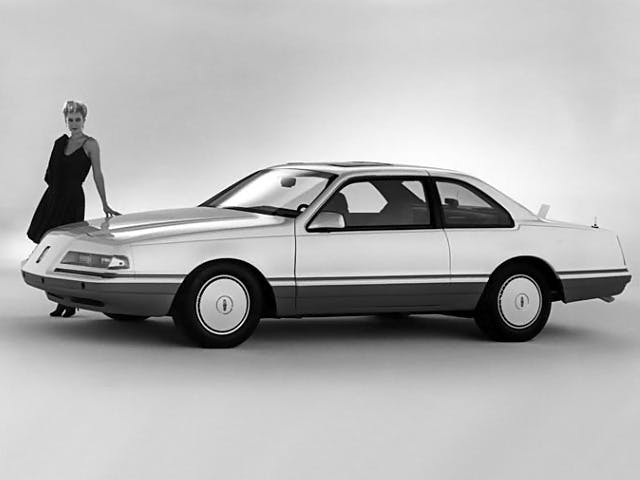
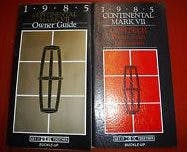
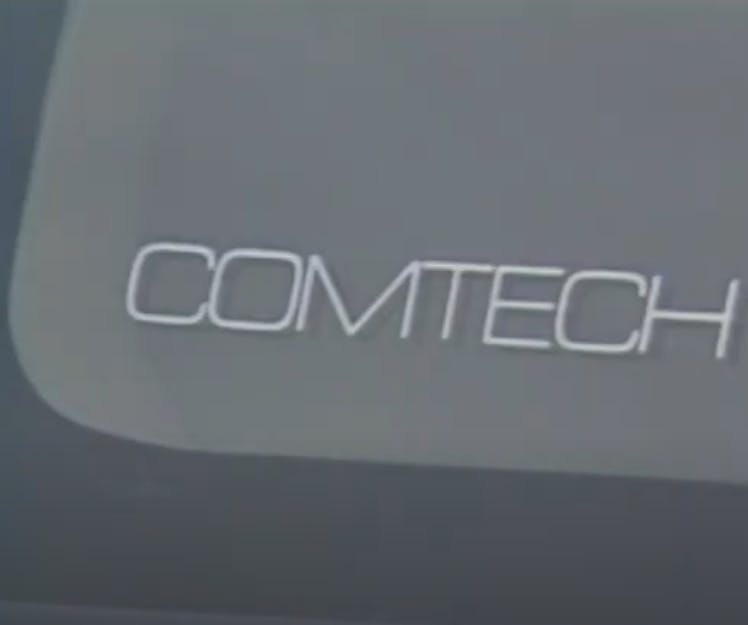
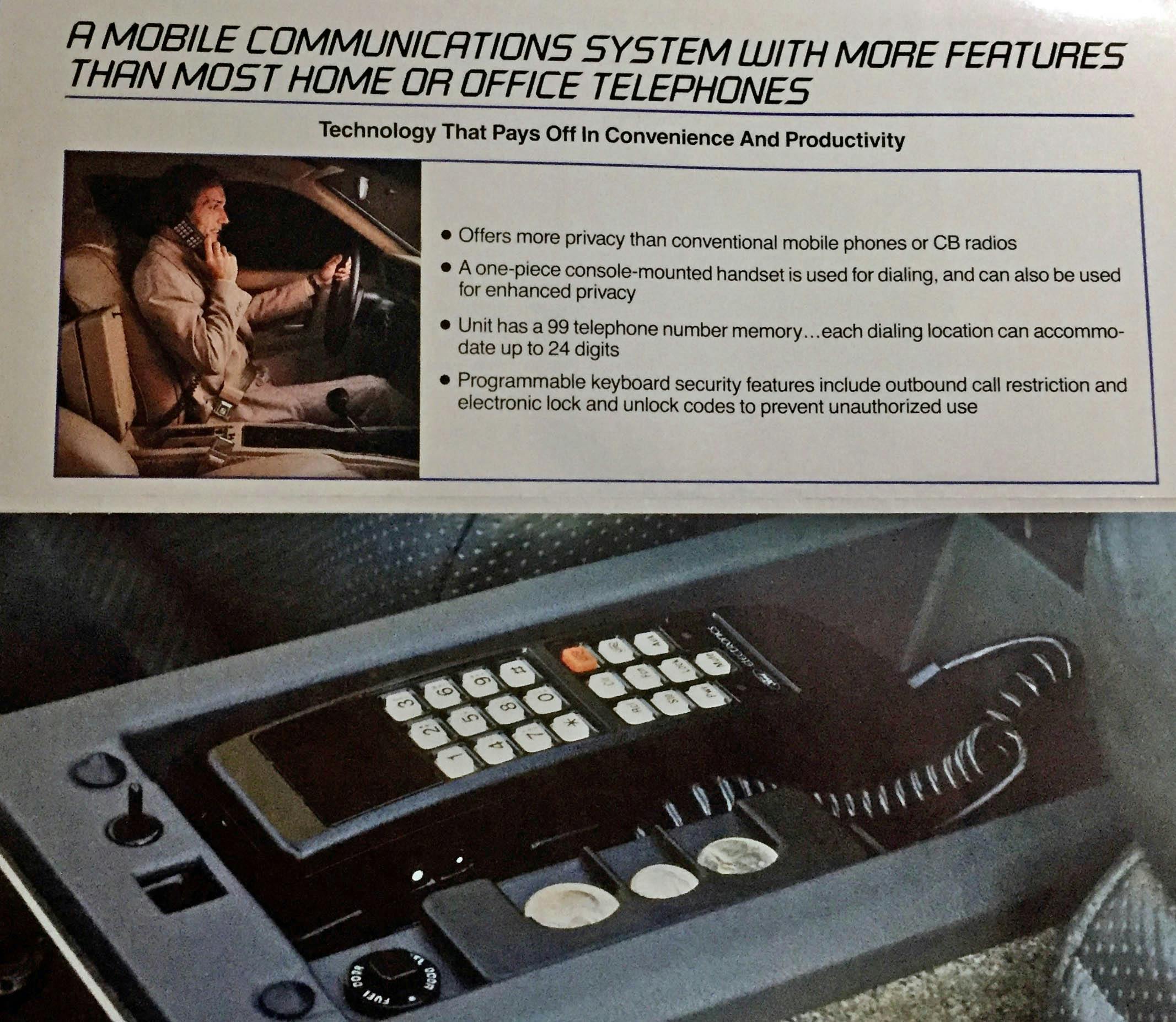









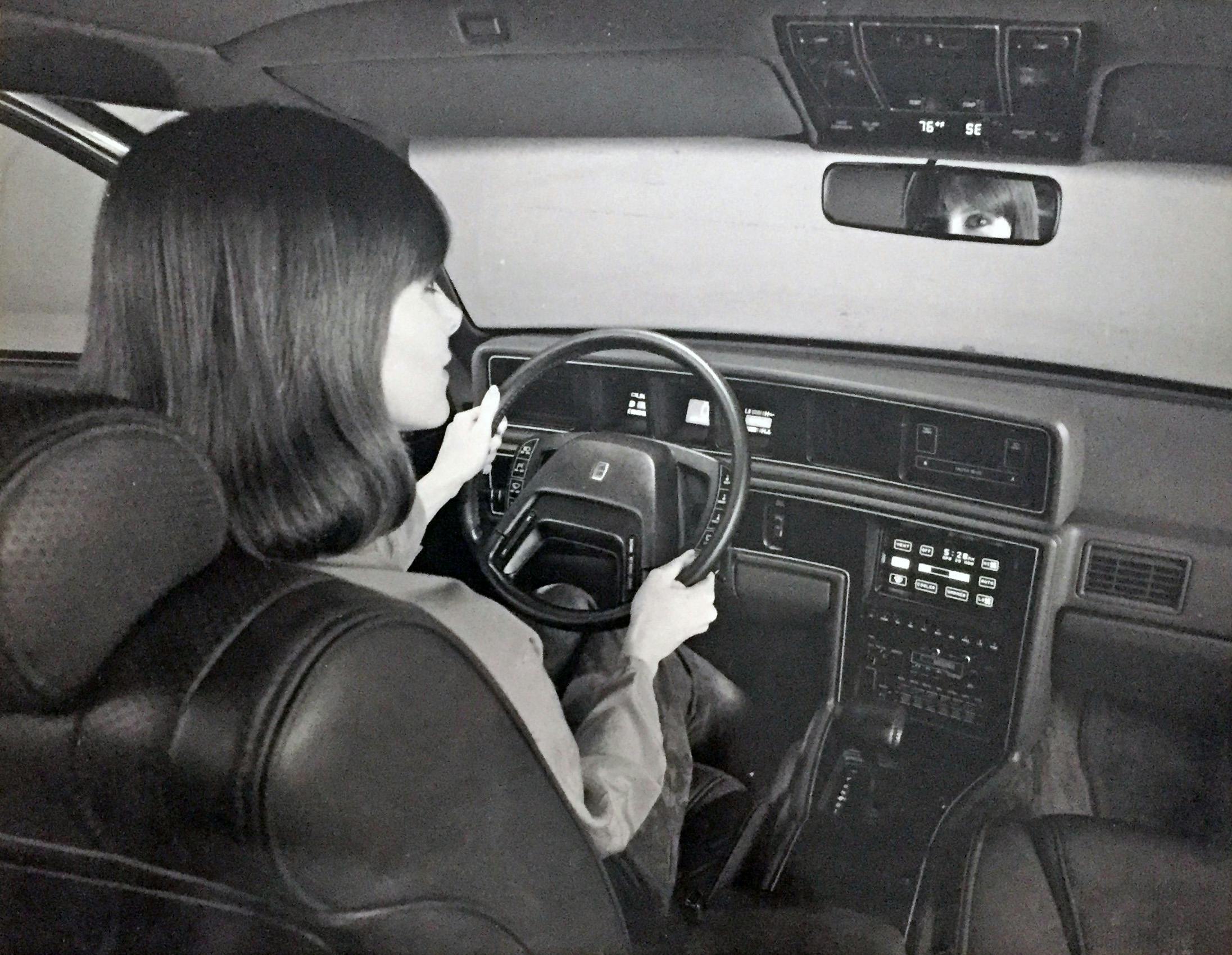
I was the designer of the ComTech interior. I know why the program was ended
Richard, please email me @ pistonslap@hagerty.com if you are comfortable sharing your story with me.